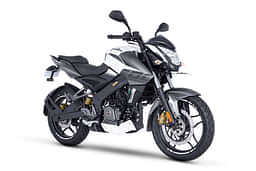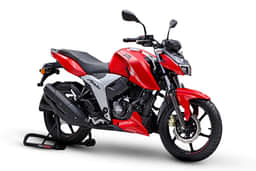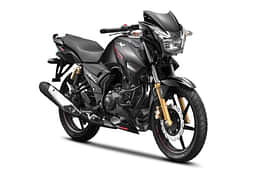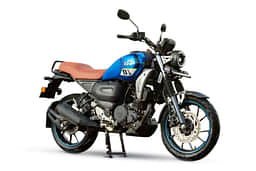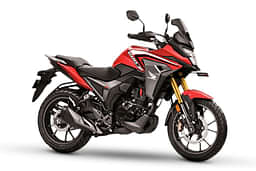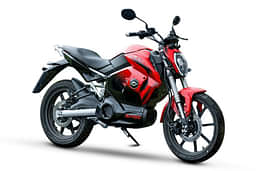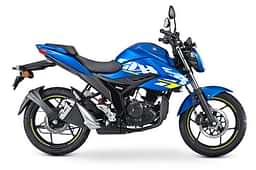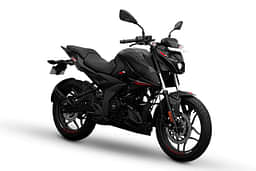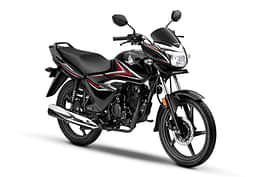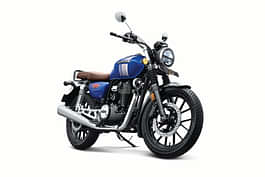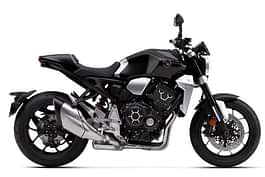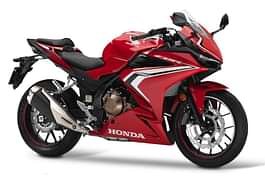
KEY HIGHLIGHTS
- Apache RTR 160 4V offers superior ride modes features.
- Hornet 2.0 features a confident suspension and braking setup.
- FZS FI V4 boasts traction control and connectivity.
- Apache RTR 160 4V has the most refined engine.
- Hornet 2.0 delivers decent power with reliable performance.
Presently, the 150-200cc motorcycle category is one of the most rapidly growing segments in India. Every two-wheeler major in the country has various options in this segment. However, some motorcycles such as the Honda Hornet 2.0, TVS Apache RTR 160 4V and the Yamaha FZS FI V4 have emerged as the superstars of the segment. Each motorcycle has a different set of features, different mechanicals, and, hence, different performance. Being the most popular motorcycles in the segment, these machines deserved to be put against each other. Here, I'll be doing a detailed comparison of these three motorcycles. Before moving ahead, join our 91Wheels WhatsApp Community to stay updated on the latest automotive news.
Read more: TVS Ntorq 125 Key Features Explained: Worth Buying?
Hornet 2.0 Vs Apache RTR 160 4V Vs FZS FI V4: Power
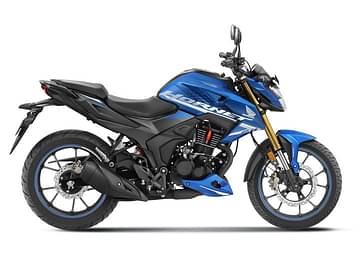
The Hornet 2.0 our primary contender comes powered by a 184.4cc engine that churns out the maximum power of 17.2 PS and 15.9 Nm. This is the same powerplant that the brand also utilizes for the CB200X. For the transmission, the motorcycle uses a 5-speed gearbox.
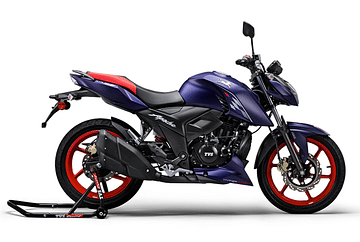
The TVS Apache RTR 160 4V sources its grunt from a 159.7cc air-oil cooled engine which is capable of making 17.55 PS and 14.73 Nm (Sport Mode). The powertrain output varies according to the ride modes. I can undoubtedly say that this is the most refined engine that we can see in this segment.
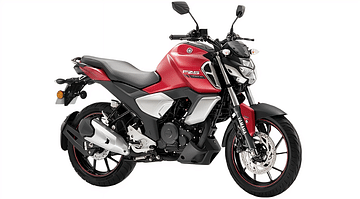
In comparison, the FZS FI V4 features a 149cc, air-cooled, single-cylinder, 2-valve, fuel-injected engine that produces 12.4 PS of power and 13.3 Nm of torque. The powerhouse comes linked to a 5-speed gearbox. However, the FZS FI V4 doesn't offer impressive low-end torque, but it will satisfy you on mid and high RPMs.
Honda Hornet 2.0 Vs Apache RTR 160 4V Vs FZS FI V4: Features

In terms of features, the Honda Hornet 2.0 gets all-LED headlamps, turn indicators and tail lamps and a full LCD instrument console that shows crucial ride-related information. Additionally, it offers an engine kill switch, split seats, hazard lights, single-channel ABS and a slipper clutch.
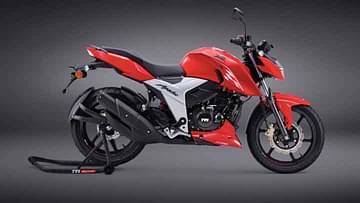
The Apache RTR 160 4V is much better than the Hornet 2.0 in terms of features. It gets an LED lighting unit, and a fully digital instrument cluster with smartphone connectivity which enables features such as navigation, SMS and call alerts. The Apache RTR 160 also offers some ride-centric features such as three riding modes- Sport, Rain and Urban and TVS Glide Through Technology.
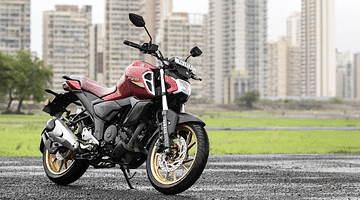
The FZS-FI V4 also features LED lighting- headlamps and tail lamps, LCD digital instrument console with Yamaha Y-Connect app support that enables features such as finding the last parked location, and service reminders. Additionally, you get coloured alloy wheels and most importantly a traction control system.
Honda Hornet 2.0 Vs Apache RTR 160 4V Vs FZS FI V4: Hardware
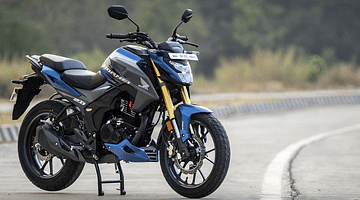
However, all three motorcycles offer a similar hardware setup, but still, we will still talk about them separately. Our first contender, the Hornet 2.0 gets an inverted fork at the front and a mono-shock at the rear. The braking duties are handled by a 276mm disc at the front and a 2220mm disc at the rear end. The suspension and braking setup provides a high level of confidence on triple digital speeds.
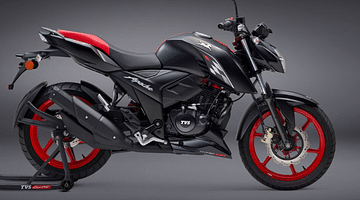
The Apache RTR 160 4V on the other hand is based on a double cradle frame. The suspension duties are managed by a telescopic front fork and a mono-shock at the rear. As for the braking, the Apache RTR 160 4V uses a 270m disc in the front and a 200mm rear petal disc brake at the rear end with an Anti-lock braking system (ABS).
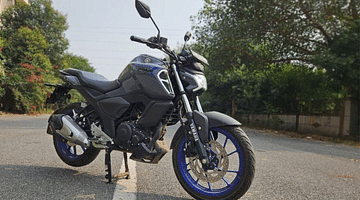
In comparison, our third contender Yamaha FZS FI V4 comes equipped with telescopic forks in the front and a 7-step adjustable mono-shock at the rear. For braking, the Yamaha FZS FI V4 uses a 282mm disc and 220mm disc with single channel ABS.
Price Comparison
| Model name | Starting Ex-showroom Price | Top model Price - Ex-showroom |
| Honda Hornet 2.0 | 1.39 lakh | - |
| TVS Apache RTR 160 4V | 1.25 lakh | 1.39 lakh |
| Yamaha FZS FI V4 | 1.29 lakh | 1.30 lakh |
Read more: Honda Unicorn Key Features Explained: Here's All You Get
Verdict
The TVS Apache RTR 160 4V stands out as the top choice in the 150-200cc segment, offering superior power, advanced features like ride modes and smartphone connectivity, and a refined engine. While the Honda Hornet 2.0 provides decent performance and hardware, the Yamaha FZS FI V4, though feature-rich, falls short in power, making it less competitive.


